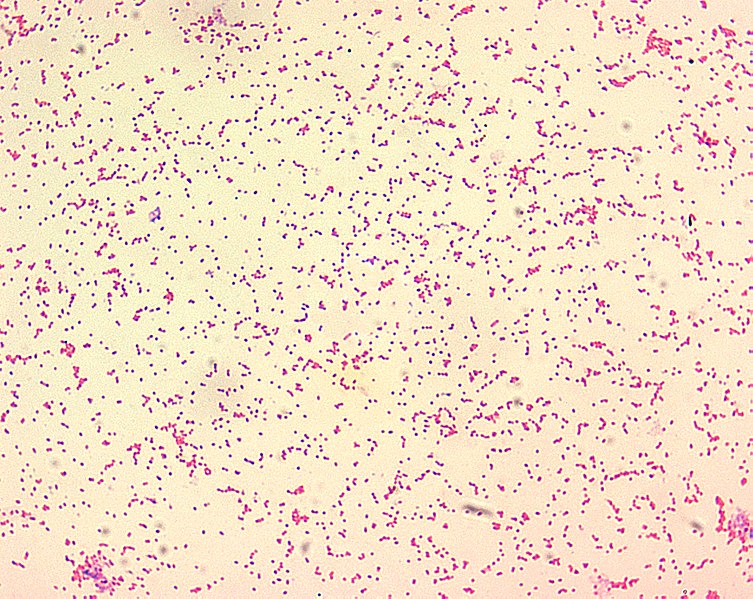Earth Watch Report - Biological Hazards
 Brucella
Brucella
spp. are gram-negative in their staining morphology. Brucella spp. are
poorly staining, small gram-negative coccobacilli (0.5-0.7 x 0.6-1.5
µm), and are seen mostly as single cells and appearing like “fine sand”.
CDC/Courtesy of Larry Stauffer, Oregon State Public Health Laboratory
Wikimedia .org
.....
.....
RSOE EDIS
|
|
| Description |
| Five
people were hospitalized at Emek Medical Center in Afula and another
four were treated and discharged on Monday after being infected with
brucellosis bacteria from drinking milk that had not been pasteurized or
meat from unvaccinated animals. The patients were treated with
antibiotics and given supportive care. Dr. Bibiana Hazan, who heads the
hospital’s infectious diseases unit, said the disease is transmitted to
man by sheep, cows and goats that have not been immunized against it. It
is also possible that people can been infected by breathing in the
bacteria near infected livestock. Brucellosis causes stomach aches, a
fast pulse and joint pains, but it can also lead to complications such
as damage to heart valves and serious infection of the joints. |
| Biohazard name: | Brucellosis |
| Biohazard level: | 3/4 Hight |
| Biohazard desc.: | Bacteria
and viruses that can cause severe to fatal disease in humans, but for
which vaccines or other treatments exist, such as anthrax, West Nile
virus, Venezuelan equine encephalitis, SARS virus, variola virus
(smallpox), tuberculosis, typhus, Rift Valley fever, Rocky Mountain
spotted fever, yellow fever, and malaria. Among parasites Plasmodium falciparum, which causes Malaria, and Trypanosoma cruzi, which causes trypanosomiasis, also come under this level. |
| Symptoms: | |
| Status: | confirmed |
|
|
.....


No comments:
Post a Comment
Hello and thank you for visiting my blog. Please share your thoughts and leave a comment :)